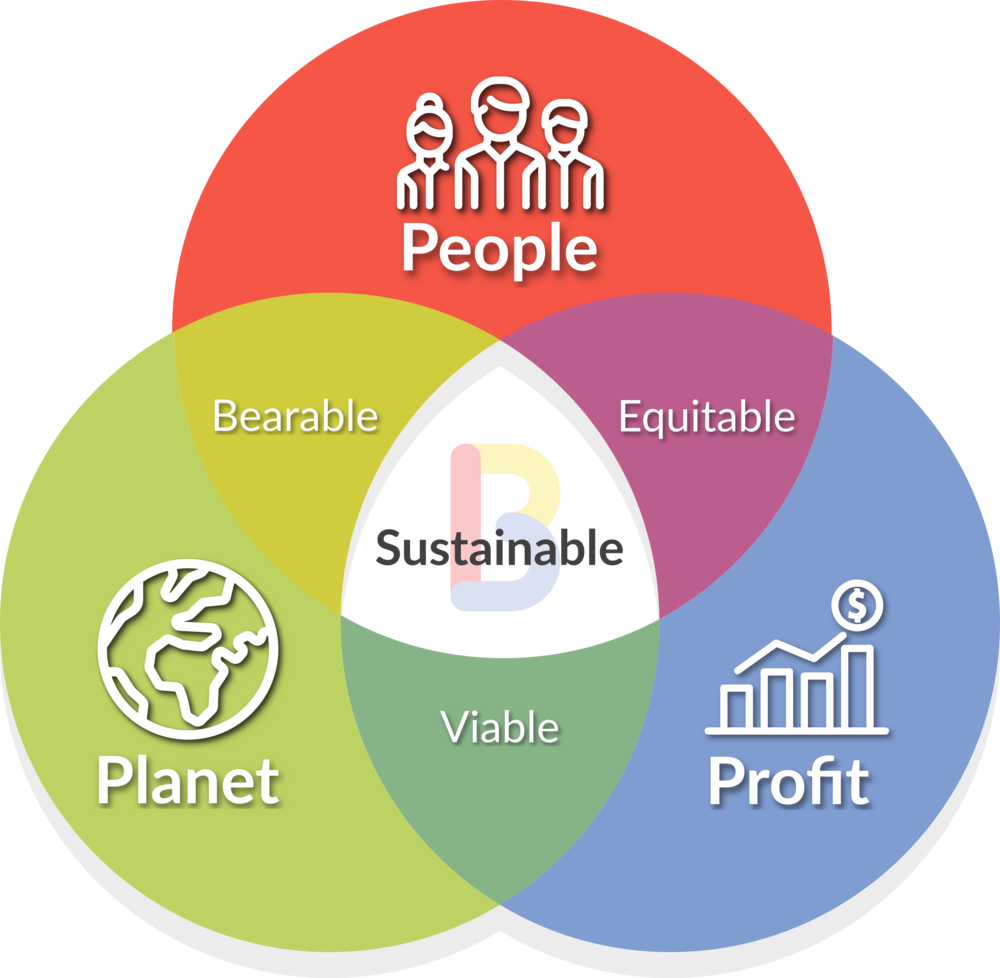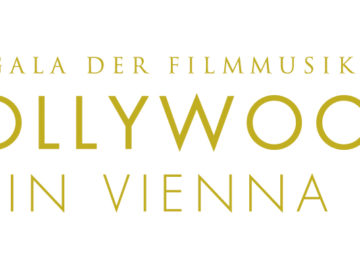It both starts with a “D” but there is a huge difference – Design or Disaster? How can we get a better future? This question was asked by Ursula Tischner at the Thinking and Design Symposium in 2015 regarding Eco-Design and Sustainability Design.
Tischner has a background of architecture and industrial Design and she is teaching already since 1993. This reflects also on her lecture because it is interesting and well-structured which made it easy to follow through and to get a deeper look into the field of sustainability and design.
Sustainability
Humanity is facing a lot of issues like climate change and over population. That’s why there should be a long term thinking of the value to earn for the future instead of just looking at the short time profit of something. Tischner mentioned the approach of the “Triple Bottom Line” of the United Nations (UN) which you can see in the following graphic:

This graphic shows well that the way to reach a sustainable life is to combine the three main parts (Planet, People and Profit) for reaching for a better future.
Interesting was the fact Tischner pointed out – Canada is the biggest contributor in climate change in emission. I didn’t expect that it would be Canada at the top of that list. Also some scary fact she mentioned the extent of the resources depletion, e.g. of oil or biodiversity because at the moment, there are already 75 % of fish completely gone. And also the fresh water scarcity in India, Africa, South America and Australia is a huge world problem, too.
Tischner sees the problem for that in our consumption, so the consumption of the people in rich countries. She also pointed out the solution for that – dematerialisation! That means that there would be more consumption out of less material. There are already ways to that with the up and recycling of old furniture and lots of “Do-it-Yourself”-Tutorials to shrink the waste of old material. Tischner also brought the example that the people in India are re-using a lot more than we do here in Europe – we should “cut off a slice” of them.
The key is to have a good life but still thinking of the long period of time – the future.
Another interesting fact she mentioned was the result of the UN-Happiness which says that after the 50s, the happiness is sinking although we have in general more improvements and achievements in the economy. That means that we are in physical needs rather than in happiness needs although we are not happy. So she said that we are trashing everything without having fun which is doubly shitty. There are three main consumption domains which are most impactful in society:
- Energy and Housing
- Mobility and Tourism
- Food and Agriculture
Eco-Design/ Green-Design
The product design itself is not enough because of the overconsumption of the people. That’s why we have to look also in the production process (Product service system design). So the production process needs to be also sustainable.
Tischner mentioned that the crowd has a lot of power, also when it comes to new innovations for sustainability. To include the people and give them more voice improves the thinking process. This is important because the problems and information on that must be spread in a way that the “normal people” are also getting included into the process. An example for that is the recycling flashmob which reward the normal people for doing something simple but good for the world like picking up somebody else’s trash:
And there are events like that all over the world. Also in Germany, Joko and Klaas reward the normal people for their good will with their program “Instant Karma”. Here you can see one example of that:
So, Tischner says that the social change is what we need through bottom up social innovations and it has to be fun, too – be sustainable by having fun like dancing on the sustainable dancefloor in Rotterdam, walking on musical stairs or throwing trash in the worlds’ deepest sounding bin.
Sustainable Maker
At the end, I want to mention the demonstration project of Tischner “Innonatives” which is a European innovation consisting of a community of like-minded people who all want to do something for improvement of the people and the planet. There you can offer a solution for a sustainability problem in the following process flow: crowd sourcing – crowd voting – crowd challenges – crowd funding – online shop to sell the solutions. If you want to read more about that, you can visit their website:

